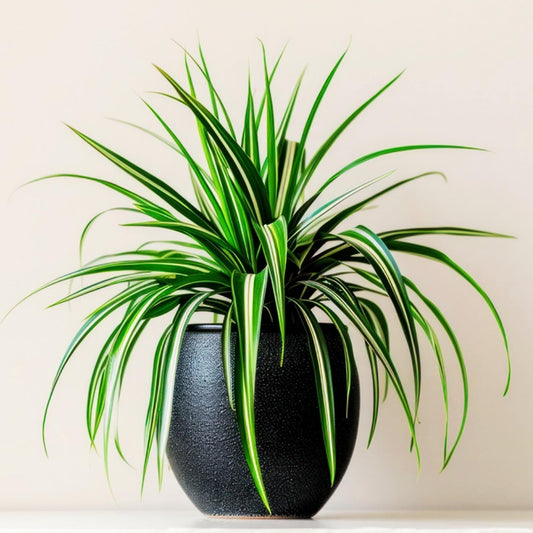IT STARTS FROM THE BEGINNING
We grow the right plants, the right way, for our area. Instead of relying on a bunch of synthetic products, Wade Greens builds healthy soil with our own compost and locally sourced amendments — that means stronger plants for you and fewer chemicals in the process.
We also use natural, integrated pest management (IPM), so we focus on preventing problems instead of spraying after the fact.
And because we’re in Lineville, AL (zones 7–8), we stick to proven, region-friendly varieties, so you’re not buying plants that will struggle in your yard — you’re getting the ones that actually thrive here.
Drip/ebb-and-flow/ timed irrigation → less labor + less water.
Use shade cloth, ventilation, and thermal mass to reduce cooling costs in the greenhouse.
Capture/redirect rainwater for wash/irrigation where legal. This makes scaling to 10k+ plants less painful.
Grow what the markets actually buy and schedule crops so you’re not dumping mature plants.
Have a “second channel” for near-miss product: slightly leggy plants → discount rack; extra produce → CSA/mixed boxes; leftovers → restaurants/local makers.
Track SKUs by sell-through, not by vibes — sustainability = not overgrowing the wrong thing.










